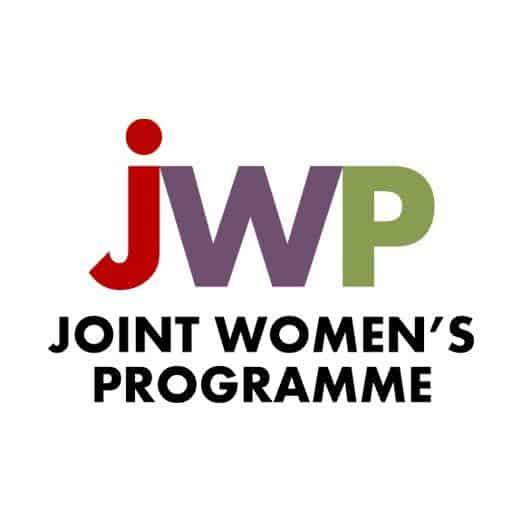In India, education is the key to breaking the cycle of poverty and providing hope for a better future for underprivileged children. However, despite significant progress in recent years, millions of children still do not have access to education.
According to the latest statistics, India’s literacy rate has risen to 74.04%. Although this is an improvement, the country still lags behind other developing nations when it comes to education. The number of illiterate adults in India remains one of the highest in the world, and millions of children still do not have access to primary and secondary education.
The government of India has launched several initiatives to improve access to education for underprivileged children. For instance, the Right to Education (RTE) is a landmark act that provides free and compulsory education to all children between the ages of six and fourteen. Under the RTE, private schools are mandated to reserve 25% of their seats for children from economically disadvantaged backgrounds.
Despite these initiatives, many problems still exist, especially in rural areas. Some of the challenges that underprivileged children face include a lack of infrastructure, inadequate resources, and a shortage of qualified teachers. Furthermore, poverty and traditional practices often prevent parents from sending their children to school, especially girls.
To empower India’s underprivileged children, there is a need for a concerted effort from all stakeholders, including the government, civil society organizations, and the private sector. Some of the strategies that can be used to provide education for all include:
1. Investing in Infrastructure and Resources
One of the main challenges in many underprivileged areas is the lack of infrastructure, including school buildings, electricity, and clean water. By investing in these basic amenities, children will have a safe and conducive environment to learn.
Similarly, providing resources such as textbooks, computers, and learning aids can greatly enhance the quality of education in underprivileged areas.
2. Upgrading the Skills of Teachers
The quality of education is directly related to the competency and motivation of teachers. To improve the quality of education in underprivileged areas, there is a need for investment in teacher training and development programs.
These programs should focus on equipping teachers with modern teaching methodologies and technology usage to enhance their teaching skills and improve the learning experience of students.
3. Promoting Equal Opportunities for Girls
To empower underprivileged girls in rural areas, it is essential to address social and cultural barriers that prevent them from accessing education. Programs that promote community engagement and collaboration such as girls’ education clubs, peer mentoring, and parental awareness programs have been successful in ensuring that girls get equal opportunities to education.
4. Leveraging Technology
Advancements in technology have opened up new opportunities for education in remote and underprivileged areas. By leveraging digital platforms and online resources, children in underprivileged areas can access quality education that is beyond what their local schools can offer.
The Indian government has launched initiatives like ‘Digital India’ and SWAYAM – the national online learning portal – to provide access to education and skills training to people across the country.
In conclusion, achieving education for all in India requires a multifaceted approach that involves governments, the private sector, and civil society organizations. Investing in infrastructure, resources, teacher training, promoting equal opportunities, and leveraging technology are some of the strategies that can be used to ensure that all children in India have access to quality education irrespective of their social and economic status. By providing education to all, India can create a more prosperous and inclusive society where every citizen can contribute to the nation’s growth and development.

